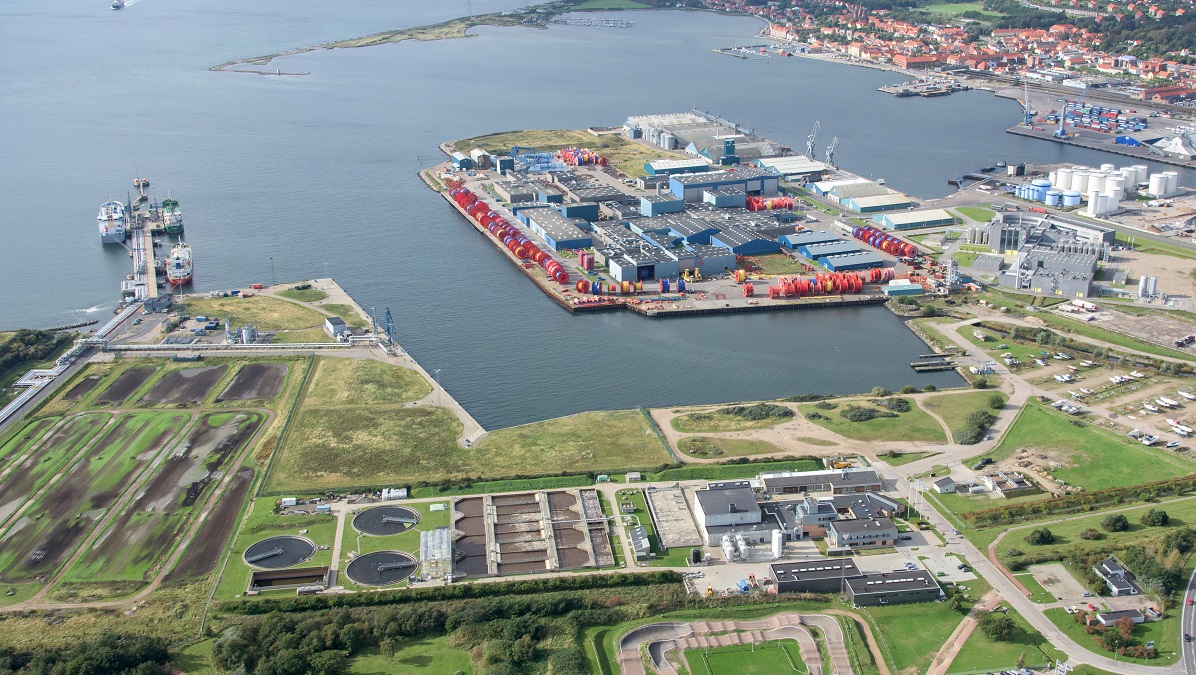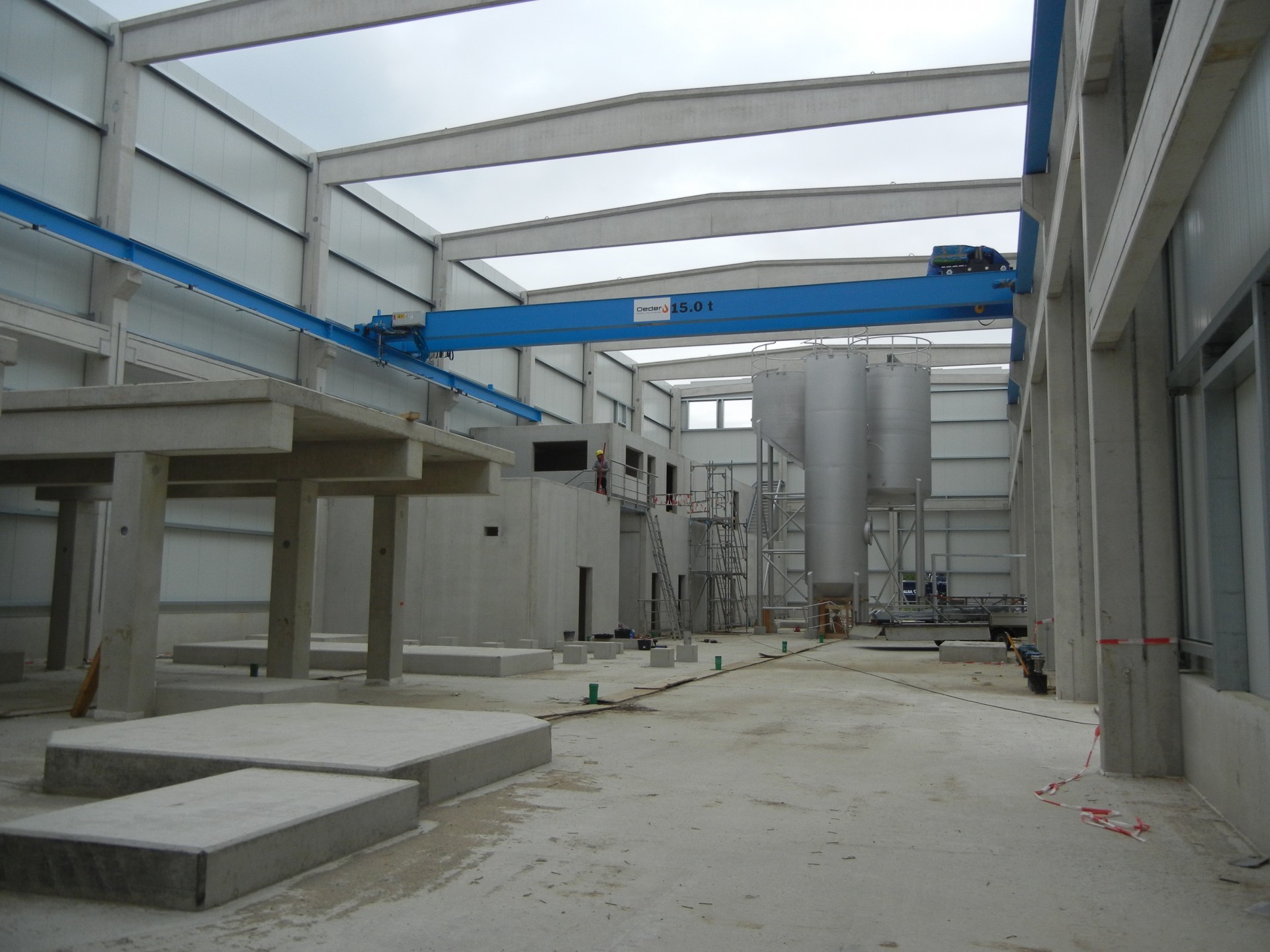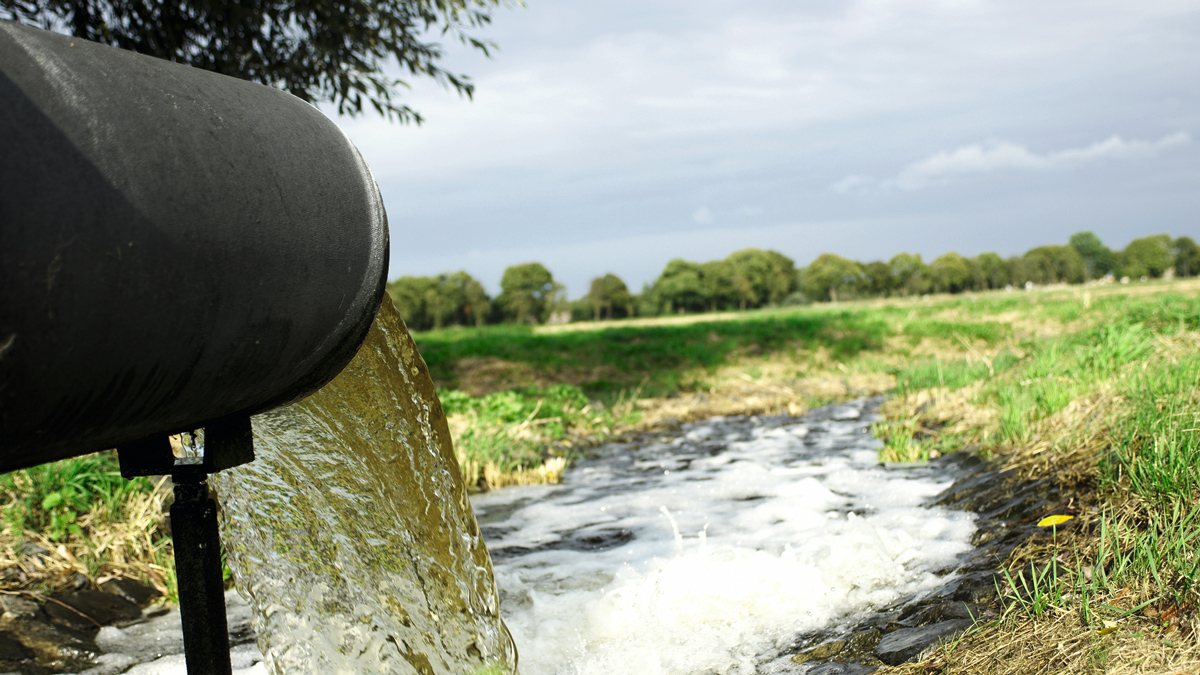Open source online tool for quantitative microbial risk assessment
To facilitate the design and assessment of treatment trains for water reuse, KWB is supporting the development of an open source online tool for quantitative microbial risk assessment (QMRA). Water reuse is increasingly motivated by climate change and water stress, and it’s a solution for a more climate-resilient water supply and security. However, to understand your water-related system and ensure water reuse is safe, performing a risk assessment is necessary.
Our QMRA tool is a Django project that uses cutting-edge techniques to conduct quantitative microbial risk assessments. The simulations in the tool rely on an open source database developed within the research project AquaNES. Our tool estimates the risk of infection for three reference pathogens (rotavirus, Campylobacter jejuni, and Cryptosporidium parvum) for multiple source waters and treatment scenarios.
With a user-friendly graphical interface, our QMRA tool allows the user to configure the most important model input variables for conducting a QMRA in the field of water supply and water reuse systems. Based on the user’s configuration, the tool runs a Monte Carlo simulation (MCS) to simulate the range of potential risk outcomes. The user can select the source water quality, the implemented water treatment steps, and the exposure based on the intended use (drinking, irrigation, etc.). The simulated risk is then expressed and visualised as both the annual risk of infection and the disability adjusted life years (DALYs).
Our QMRA tool provides two different options for the user to perform a first-stage risk assessment of a water supply system. In the first option, the user can select default values derived from international guideline documents and scientific literature (see database). In the second option, the user can create a custom scenario (treatments, exposure scenarios) and provide numeric values for input of interest to the user. In this way, the QMRA tool can be adapted to specific, local needs and values. Examples of using this feature to answer specific questions include:
Comparing risks caused by specific activities at the wastewater treatment plants
Calculating the log removal values (LRV) necessary for a scenario by creating unspecified treatments representing specific LRVs
Comparing different system configurations by creating treatments with specific configurations (e.g. low/high ultraviolet (UV) dose disinfection)
Users can also create their own treatments by providing a name and a short description of the treatment, as well as numerical values (LRVs) for the treatment’s performance.
Additionally, users can create their own exposure scenarios. Exposure scenarios are represented by point estimates for the number of exposure events per year and the water volume ingested per event. Users can provide a name and short description for each exposure scenario.
At KWB, numerous concluded and current projects are pursuing interdisciplinary technical approaches in combination with integrated risk assessment concepts and advancing the further development and implementation of water reuse. The QMRA tool makes an important contribution to this.







